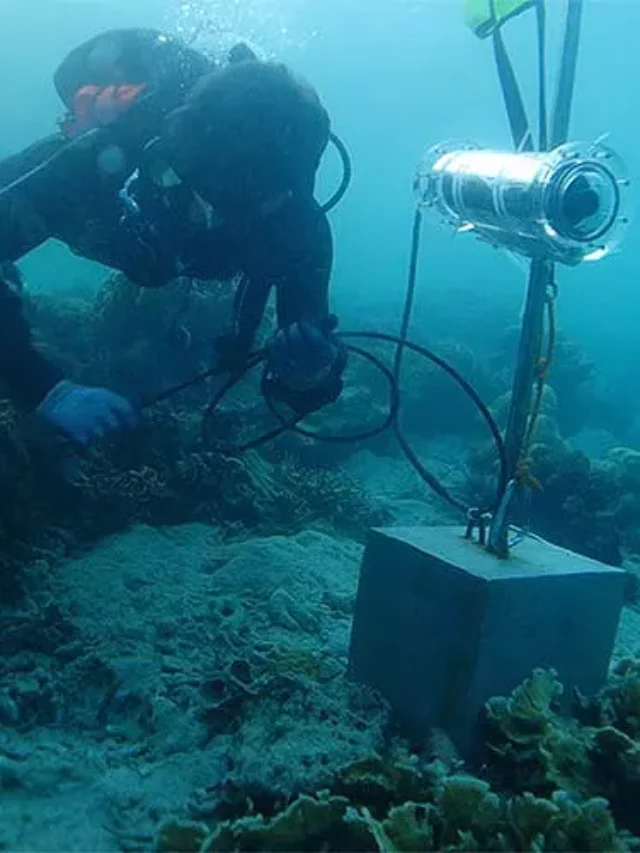Robots are trained to help restore coral reefs
Introduction:
In a remarkable fusion of technology and environmental conservation, scientists and engineers have harnessed the power of robots to help breathe new life into the world’s endangered coral reefs. This innovative approach, known as “Robo-Reef Restoration,” marks a significant leap forward in the battle against coral reef decline. Let’s embark on a journey through this incredible web story to discover how robots are playing a pivotal role in saving our planet’s most vital underwater ecosystems.
The Coral Crisis
Begin by setting the stage with a brief overview of the crisis facing coral reefs worldwide. Discuss the causes of coral reef decline, including climate change, pollution, and overfishing. Emphasize the urgency of the situation and the need for innovative solutions.
Meet the Robo-Heroes
Introduce readers to the stars of our story: the underwater robots. Describe their appearance, capabilities, and how they were specially designed for coral restoration. Mention the collaborative effort between marine biologists, engineers, and robotics experts that brought these machines to life.
Robot Reef Rescue
Detail how the robots work to restore coral reefs. Explain their tasks, such as planting coral fragments, removing harmful debris, and monitoring reef health. Highlight the precision and efficiency that robots bring to these tasks, which would be nearly impossible for humans to perform on such a large scale.
A High-Tech Ballet
Paint a vivid picture of the robots in action. Describe how they move gracefully underwater, interacting with the delicate coral ecosystem without causing harm. Use visuals, videos, or animations to illustrate this breathtaking underwater ballet.
Data-Driven Conservation
Explain how the robots collect data crucial for ongoing conservation efforts. Discuss their sensors and cameras that monitor water quality, temperature, and coral growth. Emphasize how this data informs scientists about the reef’s health and helps in adapting restoration strategies.
The Global Impact
Showcase success stories from around the world where Robo-Reef Restoration has made a significant difference. Share before-and-after photos of reefs that have benefited from this technology. Discuss the potential for scaling up these efforts to save even more coral ecosystems.
Challenges and Future Prospects
Acknowledge the challenges faced in implementing this technology, including cost, technical glitches, and public perception. Discuss ongoing research and improvements to make Robo-Reef Restoration even more effective and accessible.
How You Can Help
Provide actionable steps for readers to contribute to coral reef conservation efforts. This could include supporting organizations involved in this work, reducing carbon footprint, and raising awareness about the importance of coral reefs.
Conclusion:
A Glimmer of Hope
Wrap up the story by highlighting the hope that Robo-Reef Restoration offers in the battle to save coral reefs. Reiterate the importance of collaboration between science, technology, and environmental conservation to address the challenges facing our planet’s fragile ecosystems.
End with an inspiring call to action, encouraging readers to join the global movement to protect and restore our oceans and coral reefs.
--------------------------------------------------------------------------------
Thank you for reading this post, don't forget to subscribe!
